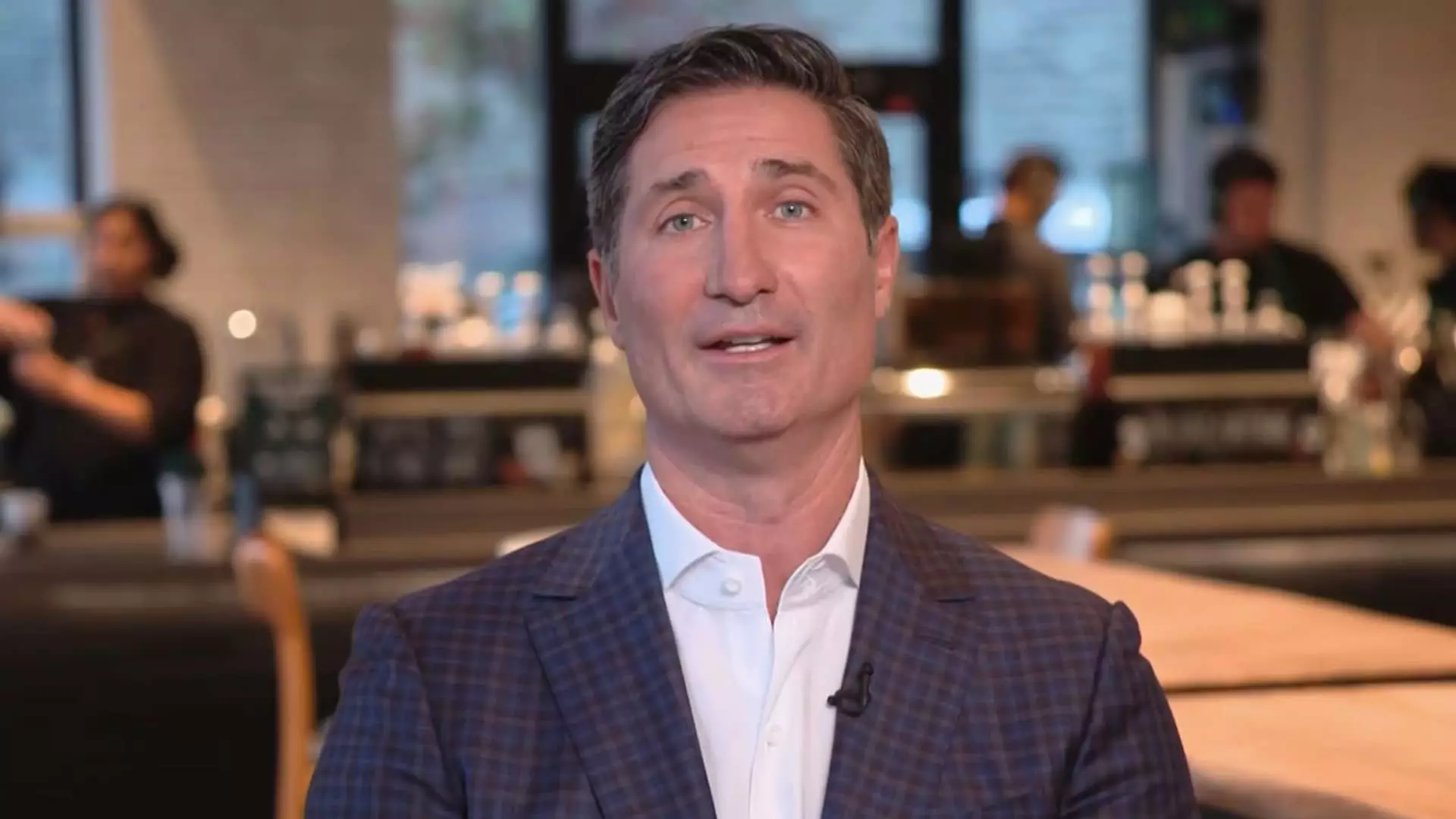In a bold move towards revitalizing its brand, Starbucks has announced significant changes within its leadership structure, foregrounded by CEO Brian Niccol’s vision for a refreshed operational model. This restructuring is part of the “Back to Starbucks” initiative, which aims to restore the company’s core values while addressing ongoing challenges in the fiercely competitive coffee market. By bringing in seasoned professionals from his past tenure at Taco Bell, Niccol intends to foster a unique corporate culture powered by accountability and ownership across all levels of the retail team.
The decision to split the role of North American president signals a seismic shift in the company’s operational dynamics. With current president Sara Trilling exiting after a long tenure since 2002, the appointment of Meredith Sandland and Mike Grams into pivotal roles reflects a strategic quest for fresh insights and renewed energy. Sandland, who previously led development at Taco Bell, adds profound operational expertise, while Grams, a Taco Bell veteran, is anticipated to enhance customer and store engagement. Each candidate brings a wealth of experience that Niccol aims to leverage, but it raises questions about the depth of knowledge of Starbucks’ unique culture and operational challenges they might face upon their entry.
Starbucks’ leadership changes were unveiled just before the company’s fiscal first-quarter earnings, which unexpectedly exceeded analyst expectations despite experiencing a decline in same-store sales for four consecutive quarters. While financial metrics indicate resilience, the organization’s efforts to redefine its identity amid faltering sales growth require close scrutiny. It signals an urgent need to recalibrate its service model, particularly as Niccol emphasizes a target of four minutes per order—a transformation that may prove challenging in the bustling coffee shop environment.
Strategic Vision and Future Challenges
Niccol’s strategy does not stop at operational changes alone; it extends to enhancements in store atmosphere and a streamlined menu. A significant adjustment, presumably intended to improve both customer satisfaction and employee efficiency, comes with its own set of complications. Reducing the menu might alienate loyal customers who appreciate Starbucks for its diverse offerings, prompting potential backlash. Simultaneously, the anticipated changes must ensure staff training and adaptability align with the fast-paced environment that Starbucks is known for.
As Starbucks embarks on this critical journey of restructuring, the implications of these leadership changes will be closely monitored by stakeholders, including employees, customers, and investors alike. The appointment of industry veterans from Taco Bell could either serve as a catalyst for effective transformation or lead to misalignment with Starbucks’ unique ethos. Ultimately, Starbucks’ capacity to navigate these challenges and harness the strengths of its new leaders may well determine its trajectory for sustainable growth and renewed consumer loyalty in the near future.

